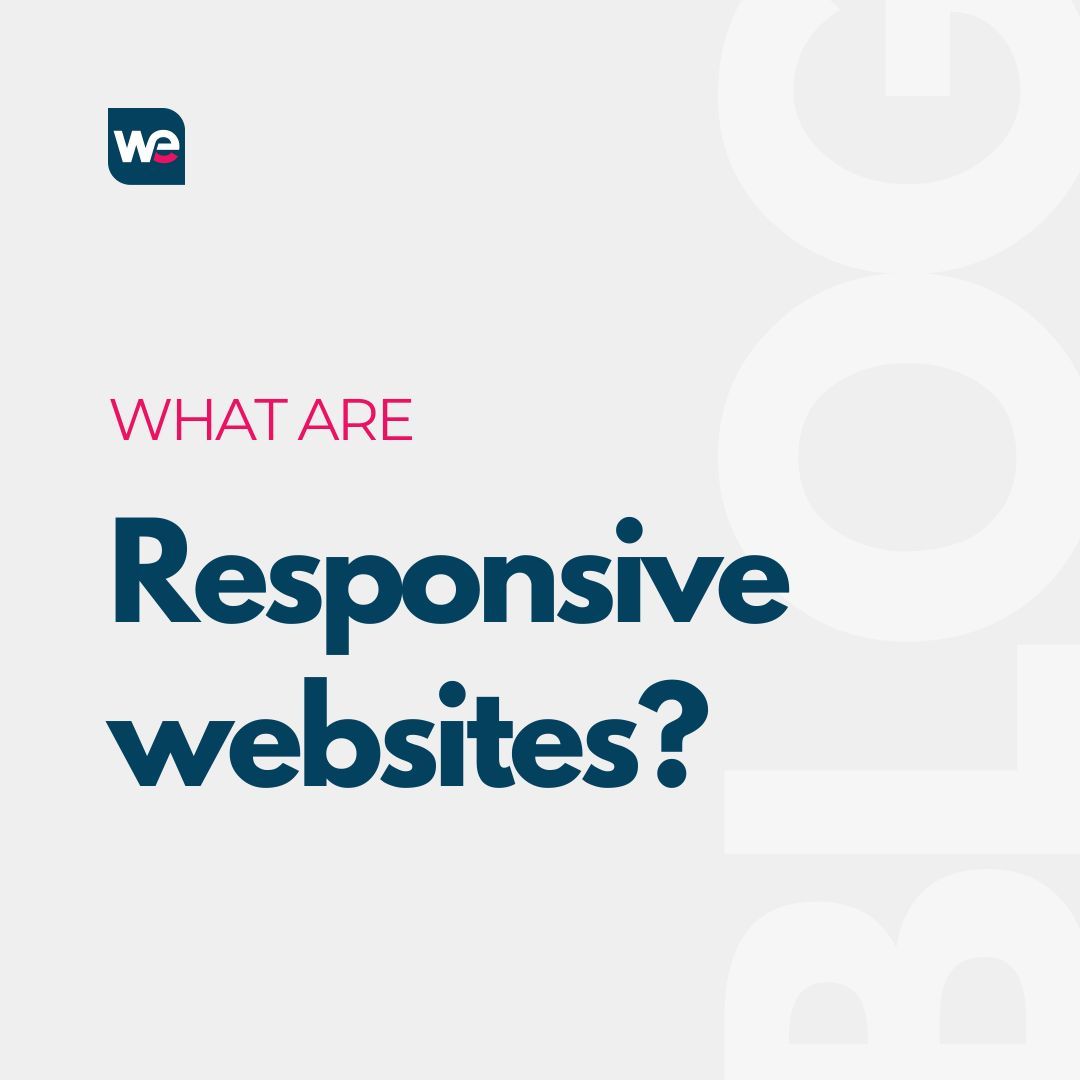Have you ever tried to browse a website on your phone or tablet, only to find that it’s hard to navigate or the layout is all messed up? That’s where responsive web design comes in.
A responsive website adjusts its layout and content to fit the screen size of the device it’s being viewed on. So whether you’re using a desktop computer, a tablet, or a smartphone, you’ll have a great browsing experience.
Why is responsive design so important? For starters, more and more people are using mobile devices to access the internet. More than half of all internet traffic in Canada comes from mobile devices. If your website isn’t optimized for mobile, you could miss out on a lot of potential traffic.
More than just traffic
But it’s not just about traffic. A responsive website also improves user experience. Have you ever tried to pinch and zoom to read tiny text on a website that wasn’t mobile-friendly? It’s not a great experience. A responsive design ensures that the text and images on your site are easy to read and interact with, no matter what device your visitor is using.
So how does responsive design work? The key is in the CSS (Cascading Style Sheets) code that controls the layout and presentation of a website. With responsive design, the CSS is written in a way that allows it to adapt to different screen sizes.
It’s about a good user experience
For example, let’s say you have a website with a sidebar that displays on desktop screens. On a smaller screen, like a tablet or smartphone, that sidebar might take up too much space and make the website hard to read. With responsive design, the CSS code would detect the screen size and adjust the layout accordingly. On a smaller screen, the sidebar might move to the bottom of the page or disappear altogether.
Of course, it’s not just about layout. A responsive website also needs to consider things like image size, font size, and navigation. For example, if your website has a menu bar with many items, that menu might need to be condensed or reorganized on a smaller screen.
So, what are the benefits of a responsive website?
- Improved user experience: As we’ve already mentioned, a responsive website makes it easy for visitors to navigate and interact with your site, no matter their device.
- Better SEO: Google has stated that mobile-friendly websites will rank higher in search results than those not optimized for mobile. So, if you want to improve your search engine rankings, responsive design is necessary.
- Increased conversions: A website that’s easy to use and navigate is more likely to convert visitors into customers. If your website isn’t responsive, visitors may get frustrated and leave before they can purchase or contact you.
- Cost-effective: Instead of creating separate websites for desktop and mobile devices, responsive design allows you to create one website that works for all devices. This can save you time and money in the long run.
- Future-proof: As new devices with different screen sizes and resolutions are released, a responsive website can adapt without requiring a complete redesign.
So, how can you make sure your website is responsive? If you’re building a new website, choose a web design framework or CMS (Content Management System) that supports responsive design. If you already have a website, you may need a web developer to make the necessary changes.
Testing your website on different devices ensures it looks and functions correctly. Many online tools, like Google’s Mobile-Friendly Test, can help you do this.
So, do you need a responsive website? I hope this is a clear and resounding YES, and you don’t hire anyone to build a website that doesn’t intend to make it responsive.
